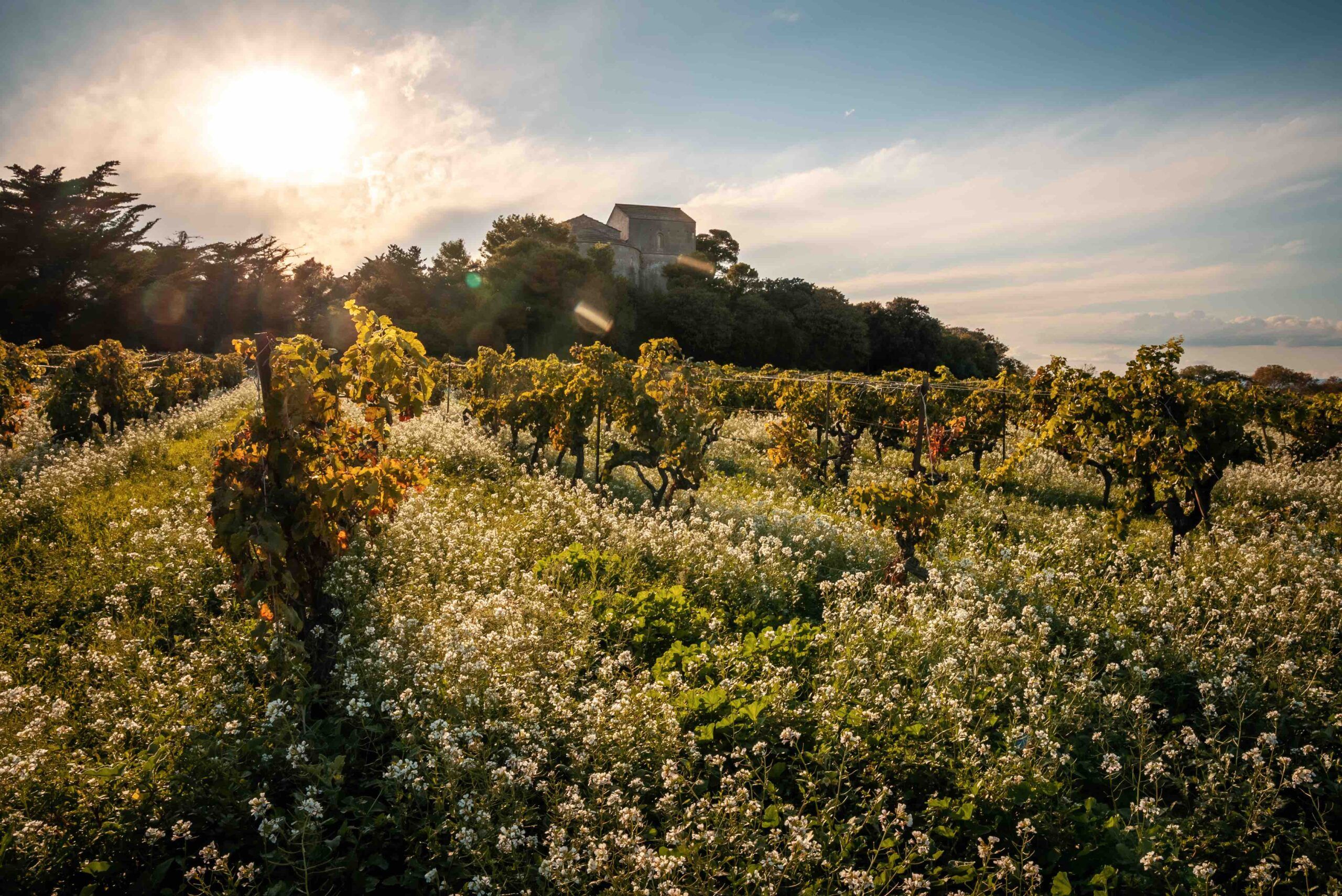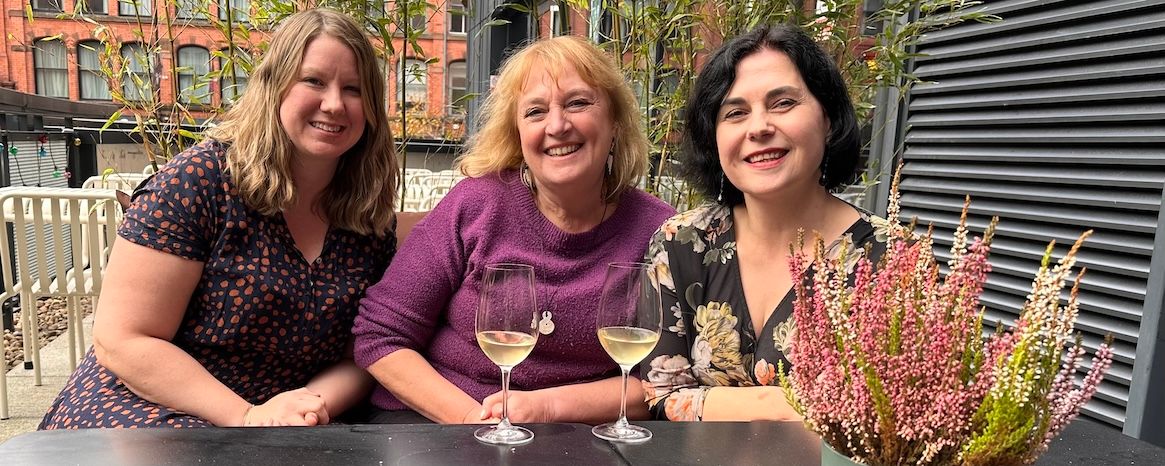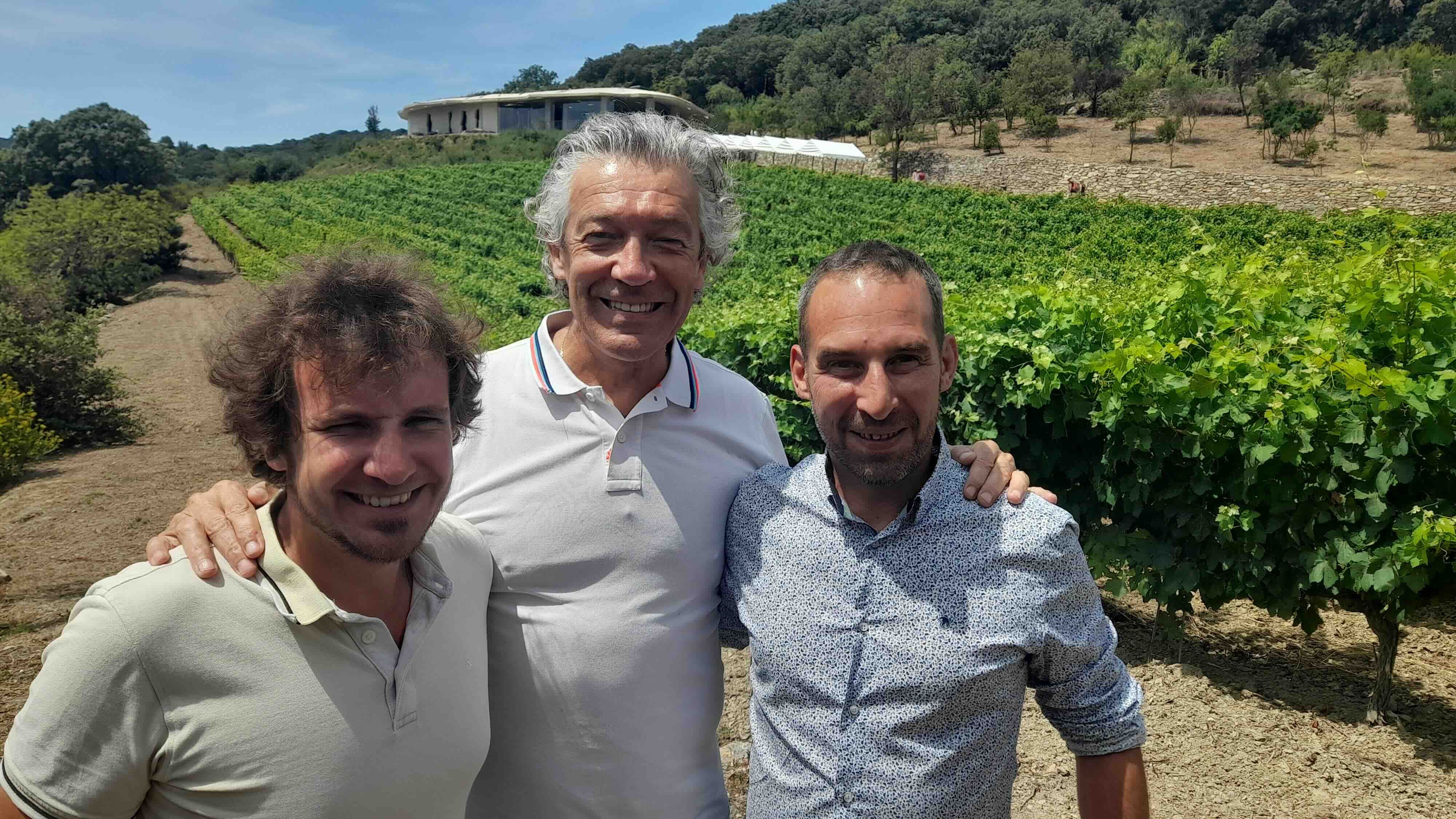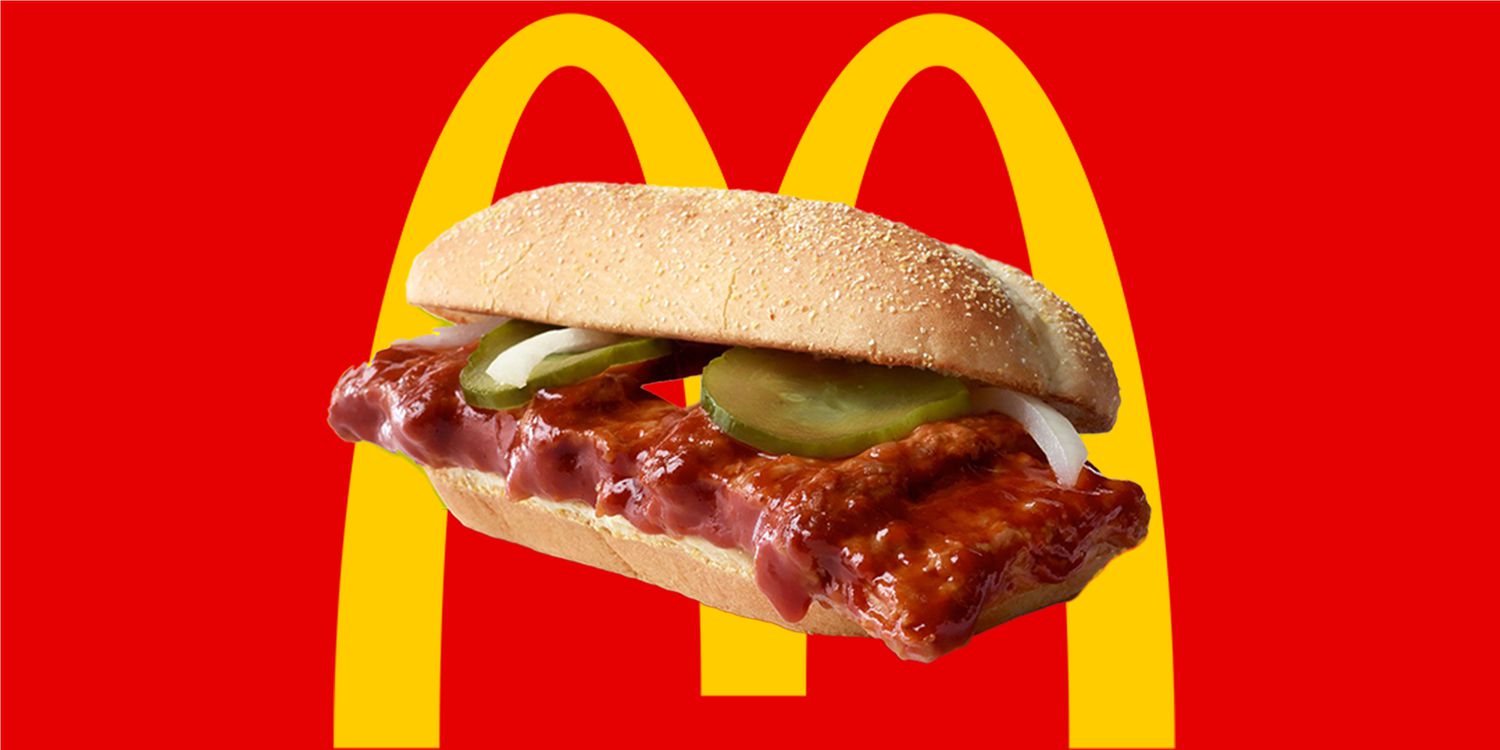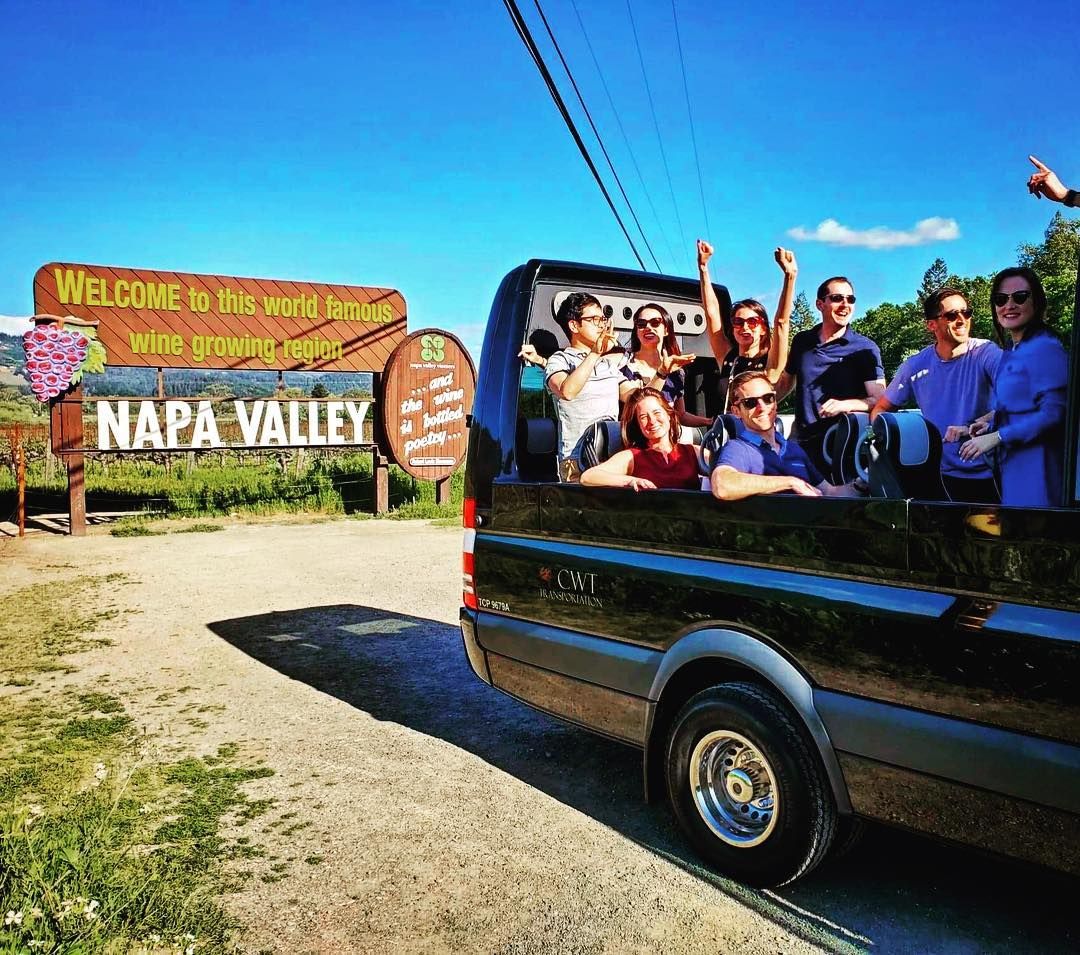It is only 15 years since AOP Languedoc was created out and it has kicked on where Coteaux de Languedoc left off, writes Richard Siddle.
Compared to other more classical French wine appellations, the AOP Languedoc is constantly changing and adapting to keep pace with the needs of the market, but also its producers and their vineyards.
But that is also very much the mindset of an appellation that is a melting pot of producers, many of whom are personalities in their own right, all supported by a wide network of growers all willing to work together to a common goal.
This is an appellation where change is seen as badge of honour if it is to continue to be regarded as one of the most innovative and capable of producing high quality but also great value wines.
“We do not consider these as changes, rather, the opportunity to shine a spotlight on things that have been going on for a while,” stress representatives of the AOP Languedoc.
Global success
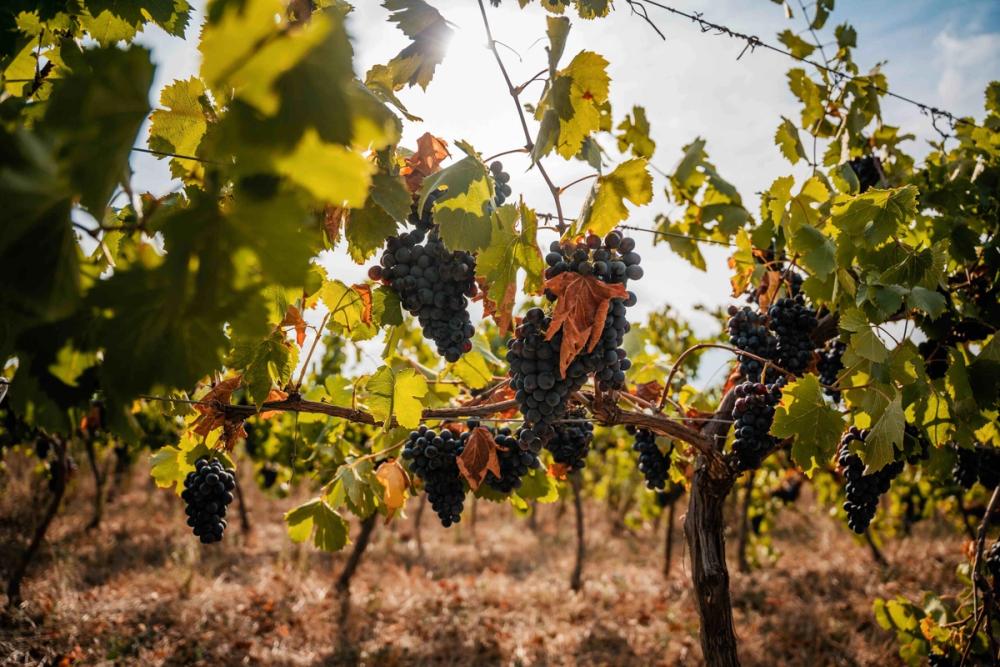
The AOP Languedoc produces a wide variety of grapes that produce a myriad styles of wine
Change has been very much a good thing in AOC Languedoc which is selected in its sales figures that saw 39 million bottles of AOP Languedoc wine sold worldwide (including France), compared to 27 million in 2011.
Its growing reputation around the world has seen exports account for 45% of sales compared with 39% for all Languedoc appellations which saw 17.5 million bottles exported in 2021, compared to 10 million in 2011 (Source: Déclaviti, Ubifrance et Iri). In 10 years, overall sales have risen by 75% by volume and 150% by value – €22 million in 2011, compared to €55 million in 2021.
The US is the biggest export market accounting for 31%, followed by 17% to China, 11% to Canada, 10% in Belgium and 7% to the UK (12 months to March 2022, Source: French Customs, Business France – Agrotec Dept Sources: IRI / Ubifrance / CIVL).
AOP Languedoc says the growth in exports is testimony to all the hard work that has gone on in the appellation over the last few years. It explains: “We have moved from a position where we were very reliant on the German market to a far more international approach. The United States, accounts for almost a third of exports, thanks mostly to our rosé wines.”
It is that boom in rosé sales that have really helped AOP Languedoc cements its position around the world and in the last 10 years export volumes of rosé have increased by 160% and it now accounts for half of all the appellation’s export sales, equivalent to 11.5 million bottles. Which has has a knock-on effect on sales of reds and whites too.
Producers’ perspective
Local producers are clear it is the clarity of message that the AOP Languedoc has been able to communicate to the market that has been key to its success.
Isabelle Mangeart, winemaker at Clos des Nines says: “The regional appellation is popular with buyers. It guarantees quality, in terms of provenance, respect for the terroir, the typicity of the wines and our skill in making them. It also establishes our regional identity and makes the diversity of our wines clear and comprehensible, particularly for international markets where we compete with other French AOPs. We should continue to celebrate and promote our regional appellation to boost awareness.”
François Boudou, president of CastelBarry Cooperative Cellars in Hérault agrees: “As well as offering creative, modern, accessible wines with guaranteed provenance, the regional appellation is also a standard-bearer for the Languedoc. It gives clarity and visibility, helping us succeed on international markets and generate significant new business opportunities. It’s an incredible asset for our vineyards and we should nurture it.”
Environmental credentials

A lot of work is being done in the vineyards to ensure grapes are being grown as environmentally as possible
The AOP believes the appellation is also very well placed to shine the light on its environmental credentials, both in terms of what is happening in the vineyard, but also with the number of growers and producers that are switching over to biodynamic and HVE organic certification. Nearly a third (30%) are winegrowers are eco-committed and 15% are farming organically.
“It is our commitment to take care of our territory, nature and our diversity,as well as our‘mosaic’ region of landscapes, soils and climates,” says an AOP Languedoc representative.
In June 2022, the Winemakers’ Union amended its production specifications, introducing agri-environmental measures (AEMs) that permits the use of resistant grape varieties and it is hoped this will encourage even more winegrowers to take their eco practices further still. It has seen the return of indigenous varieties such as Piquepoul Noir and Oeillade Noir as well as the introduction of Sicilian Nero d’Avola, the Italian Montepulciano and the Greek Assyrtiko grape variety.
The move has also resulted in banning the use of plastic mulch, prohibiting chemical weedkillers on the headlands and limiting inter-row weeding. All of which it is hoped will help improve the overall quality of the appellation’s soils and enable it to continue to make the terroir-driven wines it is famous for.
Already water penetration has improved and retention capacity increased, and the quality of underground water and run-off is also higher.
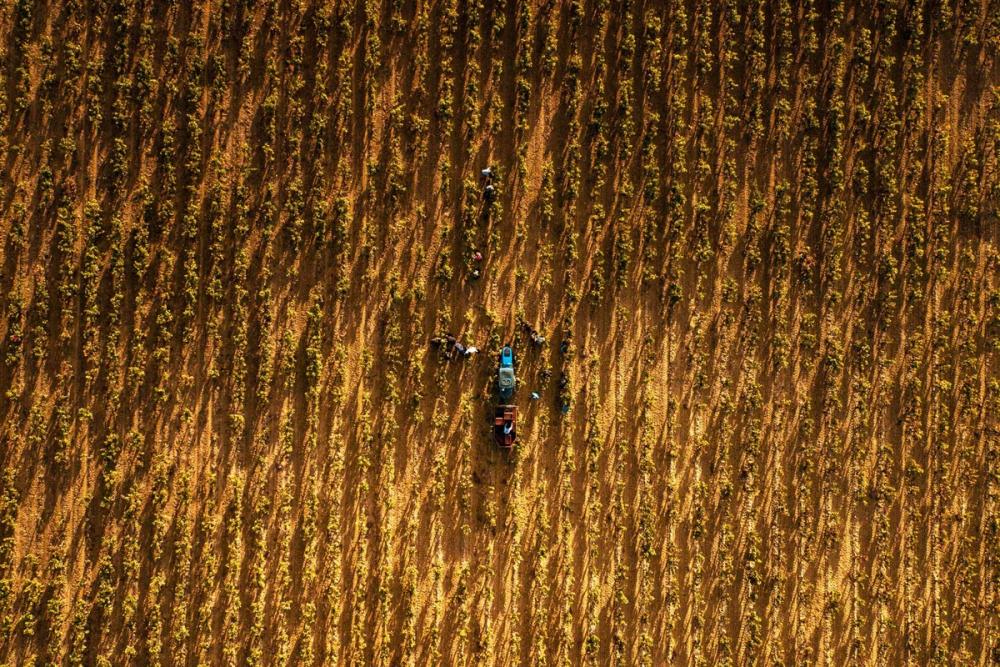
Steps taken to improve the viticulture in the AOP Languedoc has seen the return of indigenous varieties such as Piquepoul Noir and Oeillade Noir
Jean-Benoit Cavalier, president of the Languedoc AOP’s Winemakers’ Union, and winegrower at Château de Lascaux in Pic Saint- Loup, says it is vital growers and producers alike work together to try and combat climate change. He explains: “We all have to change the way we farm. If we want our vineyards to be sustainable, contribute to the economic growth of our appellation and consolidate customer confidence in our wines, we have no other choice.”
He adds: “Taking care of nature and our surroundings is part of the Languedoc’s DNA. This is our reality, and while it’s an asset, we need to speed up the process by helping our environmentally aware winegrowers take their efforts a step further, and convincing those who are still hesitant.
“Growing resistant vines means we need fewer chemicals, and use less sulphur and copper to fight disease. We’ve been testing them for three years in the vineyards and they’ve been very successful. Now we’re ready to introduce them into our blends. It’s a bold move, but it will allow us to keep going further forward with our eco practice.”
The developments taking place in AOP Languedoc is also encouraging other winemakers from other French wine regions, and from abroad, to make their homes there too.
Even after generations of winemaking there are still so many opportunities for a winegrower to “find their own distinct place,” say the representatives of the region, thanks to the AOP Languedoc’s unique terroir that is a like a patchwork quilt offering new and exciting places to make wine.
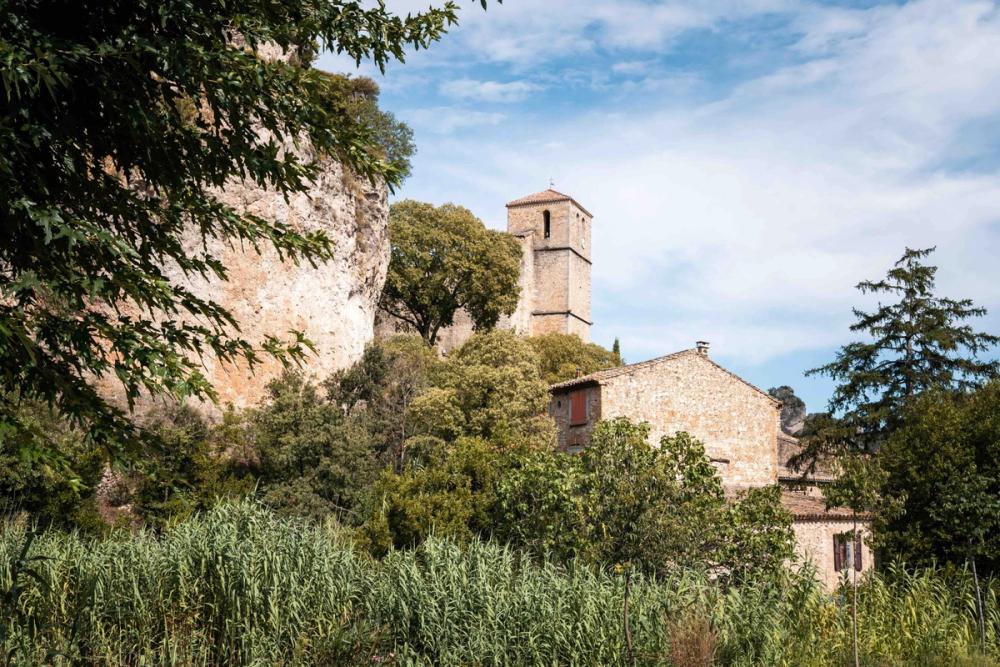
The AOP Languedoc is now attracting winemakers from across France and other parts of the world to come and explore what is possible there
Expanding horizons
Key to AOP Languedoc’s growth in recent years was the decision in 2007to expand and extend the Coteaux de Langeudoc into what is now AOP Languedoc. It has brought new life and opportunities to winemakers across its various sub-regions including Faugères, Saint- Chinian, Pic Saint-Loup and Saint-Christol. The appellation now stretches from the outskirts of Nîmes to Collioure, covering all the wine producing appellations of Languedoc and Roussillon and giving it ‘regionality’ in the truest sense of the word. Its four main départements are Hérault, Gard, Aude and Pyrenées Orientales.
“The extension of the Coteaux du Languedoc has enabled us to create a strong and dynamic regional appellation. This regional focus means we are able to capitalise on our history and gives us the means to achieve our ambitions” says the AOP. “We want to continue to develop our exports and strengthen our position in France. We need to innovate and adapt to climate change while respecting the environment and ensuring the sustainability of our farms.”
If the next 15 years are anywhere near the success of the 15 that have gone before, then we are going to be hearing a whole lot more about AOP Languedoc.
AOP Languedoc Facts and Figures
- Average annual production is 250,000 hectolitres – 25% of total Languedoc production.
- 30% of its winegrower are eco-committed and 15% farm organically.
- 73 estates are certified biodynamic (Demeter 2021 website).
- There were 2,053 HVE operators on January 1 2021.
- 40% of producers are in the process of obtaining higher environmental certification, such as Terra Vitis or HVE (HVE website). This figure should rise to 60% in the next 10 years.
- Rosé is now the biggest category accounting for 58% of production with 80% of sales going to Germany, the Netherlands, Belgium and the UK.
- Red wine accounts for 35% of production.
- White wine is 10% of production.
- The average retail price in French wine shops is €14.60 per bottle.
- There are 531 winemaking villages in AOP Languedoc.
AOP Languedoc is a commercial partner to The Buyer.
